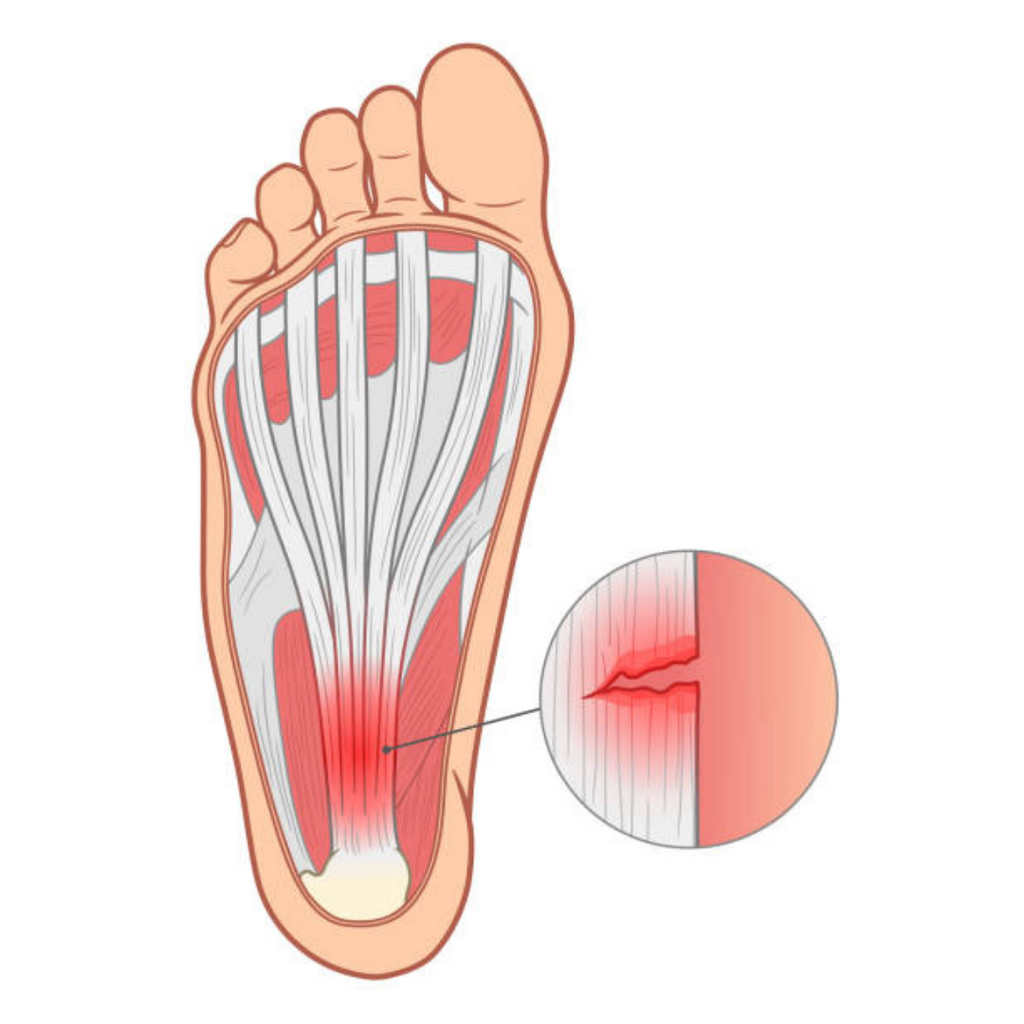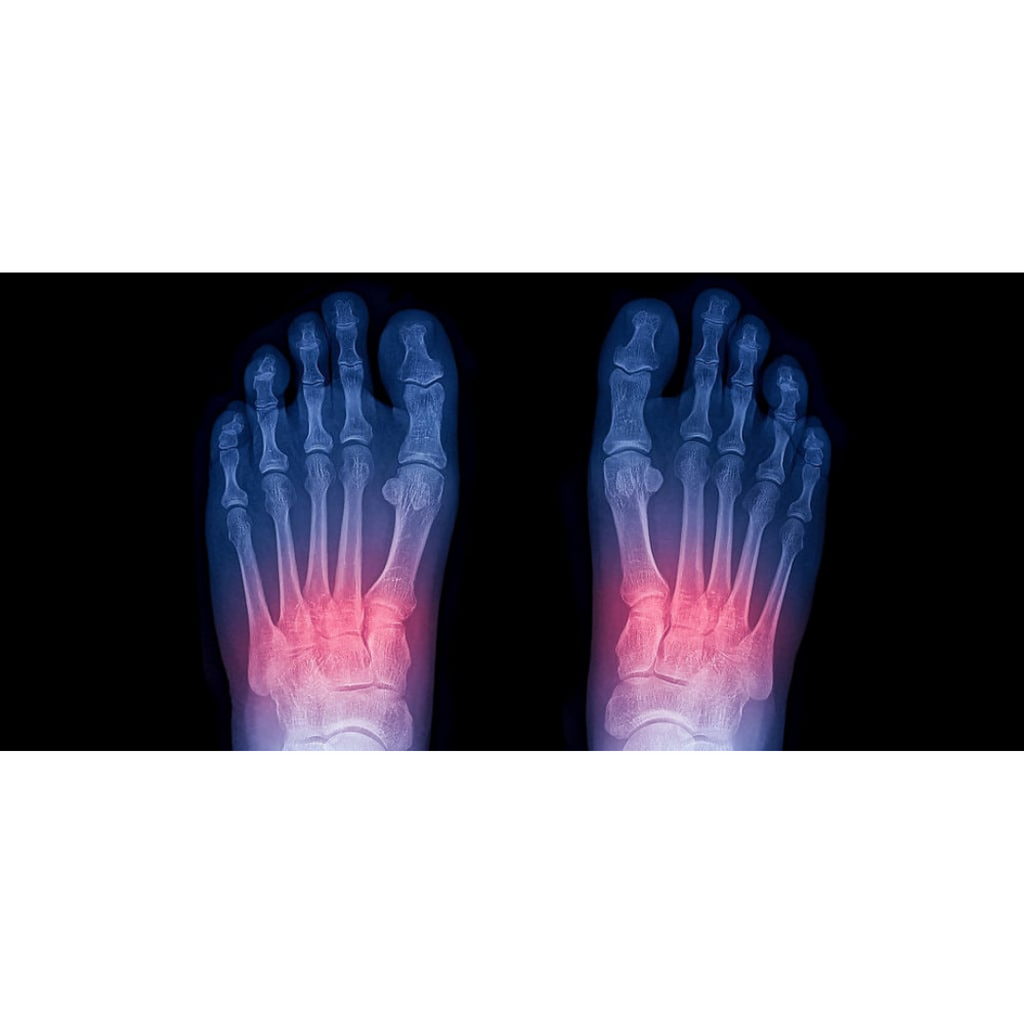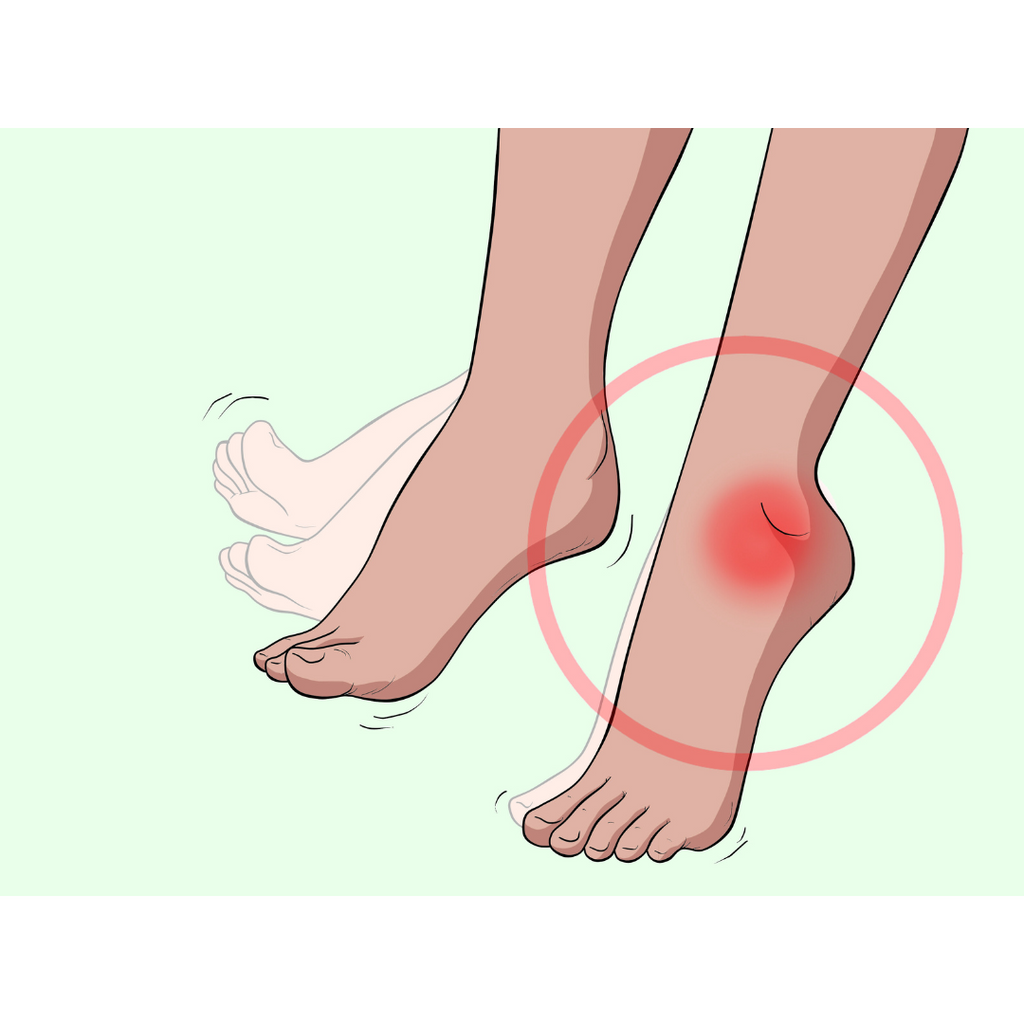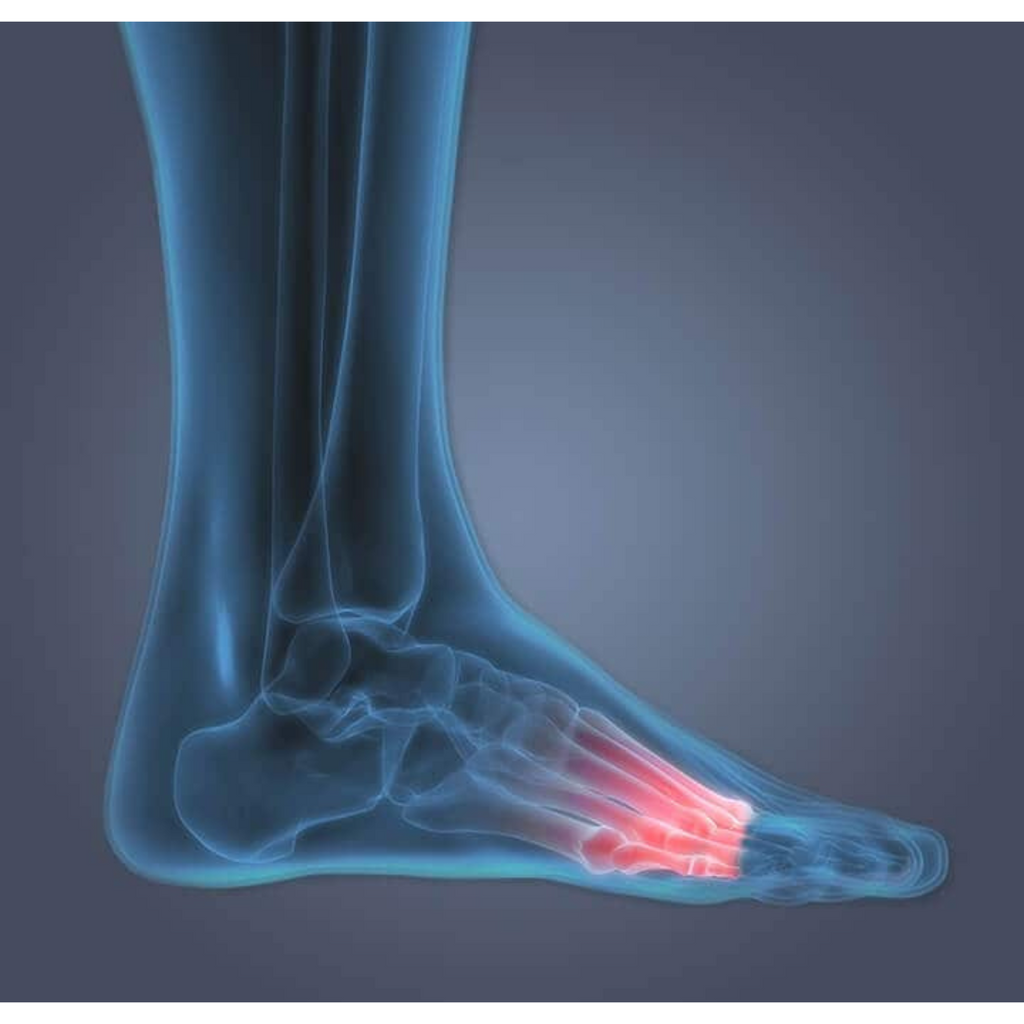What is Achilles Tendonitis?
The origins of this condition are heroic in nature. Achilles was a Greek hero of the Trojan War whose only vulnerability (and ultimate downfall) was the back of his heel, according to Greek mythology. Because of these origins, the term "Achilles' heel" has become synonymous with one's ultimate weakness.
The story and the reference emphasize the importance of the tissues in the back of your leg near the ankle that connect the calf muscles to the heel bone. The Achilles tendon is the thickest and strongest in the body, and it is essential in allowing one to walk, run, jump, or stretch onto one's toes to reach something on the top shelf.
What Causes Achilles Tendonitis?
What kind of activity weakens this powerful tendon? In short, Achilles tendonitis is caused by overuse or degeneration. A sudden increase in activity (especially running) or sporadic participation in sports can specifically damage this tendon.
Achilles tendonitis is classified into two types based on the area of the Achilles tendon that is affected:
Achilles non-insertional Tendonitis affects the tendon's middle section.
Insertional Achilles Tendonitis
Achilles insertional Tendonitis is a condition that affects the lower part of the heel where the tendon connects to the heel bone.
Workout conditions, such as shoes lacking proper heel cushion or arch support, as well as hilly terrain or cold weather, can all have an impact on the onset of the condition. Tight calf muscles can also make you more susceptible to Achilles tendonitis.
Obesity and flat feet are two other physical conditions that can increase the likelihood of developing Achilles tendonitis. Additionally, frequent changes in shoe height extremes (think high heels to workout shoes) can wear on the Achilles.
Because the tendon weakens with age, the condition is more common in middle-aged men.
Certain medications (fluoroquinolones) and medical conditions (diabetes, hypertension) can also increase the risk of Achilles tendonitis.
Symptoms of Achilles Tendonitis
Achilles tendonitis develops gradually, beginning with an ache above the heel after athletic activity and becoming more intense over time. When one wakes up in the morning, the Achilles tendon region may feel tender or stiff, but this usually improves as the foot limbers up from movement.
The pain will worsen after prolonged periods of doing activities that are particularly taxing on the region, such as sprinting or climbing stairs.
It is crucial not to ignore persistent pain because it can indicate a rupture or tear in the Achilles tendon, which can only be repaired surgically. Even if this is not the case, it is critical to address the pain because Achilles tendonitis increases the likelihood of a rupture or tear by weakening the tendon.
How to Heal Achilles Tendonitis Noninvasively
In contrast to a tendon tear, Achilles tendonitis is usually treated with noninvasive measures. Rest is the best Achilles tendonitis treatment, or at least the go-to remedy for healing Achilles tendonitis. During the healing process, one should avoid the activities that caused this painful condition and, if possible, switch to a less stressful sport such as swimming.
Another simple way to treat Achilles tendonitis is to apply ice to the affected area to reduce inflammation. Over-the-counter pain and inflammation relievers, such as ibuprofen or naproxen, may also be beneficial.
Stretches and exercises to lengthen and strengthen the Achilles tendon and associated muscles are another type of Achilles tendonitis rehab.
A doctor or physical therapist may also recommend orthotics for Achilles heel tendonitis treatment; Achilles tendonitis braces, night splints, or boots can help reduce inflammation, relieve pain, and accelerate healing.
Shockwave therapy is sometimes used to treat Achilles tendonitis. The goal of this Achilles tendonitis rehabilitation method is for shockwaves to stimulate healing in the damaged tendon tissue.
Invasive Achilles Tendonitis Treatments
A cortisone injection is sometimes used to treat chronic Achilles tendonitis, but because these injections can cause the Achilles tendon to rupture, they are rarely recommended.
If other treatment options fail, a doctor may recommend surgery for chronic Achilles tendonitis treatment; a rehab brace may be recommended during the Achilles tendonitis recovery period.
Achilles Tendonitis Prevention
Finally, the best thing you can do for Achilles tendonitis is to engage in practices that will keep it from happening or recurring. Many Achilles tendonitis prevention methods are linked to the aforementioned Achilles tendonitis causes. The Mayo Clinic suggests the following preventative measures:
- Gradually increase your level of activity.
- Avoid activities that place undue strain on the Achilles tendon.
- Switch between high and low-impact activities.
- Every day, stretch your calf muscles and Achilles tendon.
- Calf muscles should be strengthened to help them withstand stress.
- Wear shoes that provide adequate support.







